Using Nature's Palette & The Art of Black Dye fabric Dyed with Oak Galls
I have long wanted to try to get black dye and now the time has come, there are many recipes, but due to the fact that oak trees are widespread in my region, I decided to try oak galls; in early November we were on a walk and we managed to collect them.
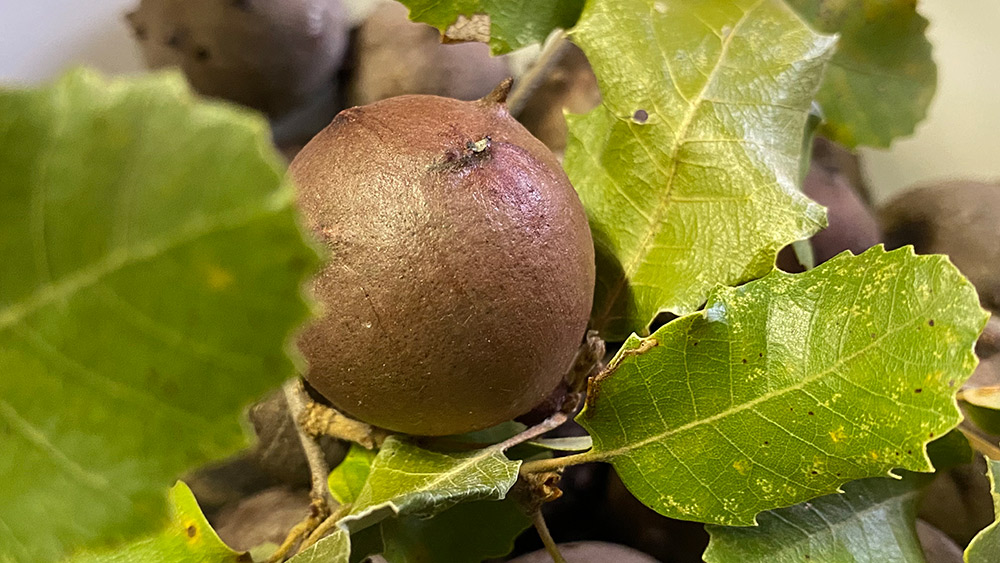
Oak galls [1] result from a collaborative effort between the oak tree and the common oak gall wasp (Cynips quercusfolii) [2], the larvae of which parasitize the oak tree, causing the gall to form and feeding on it as they develop. But if galls are an impractical and sometimes very burdensome waste of resources for oak trees, then people definitely have something to thank the oak gall wasp for. Indeed, for many centuries, it’s larvae diligently served to preserve knowledge and increase literacy in Europe and Russia.' Oak bark, leaves, fruits, including galls are rich in tannins [3] - tannins, so its bark was previously used to dye textiles and leather. However, the galls have a particularly high concentration of tannins. And although the galls themselves were also used to dye silk in the Mediterranean and European countries, they became especially famous as a raw material for ink.
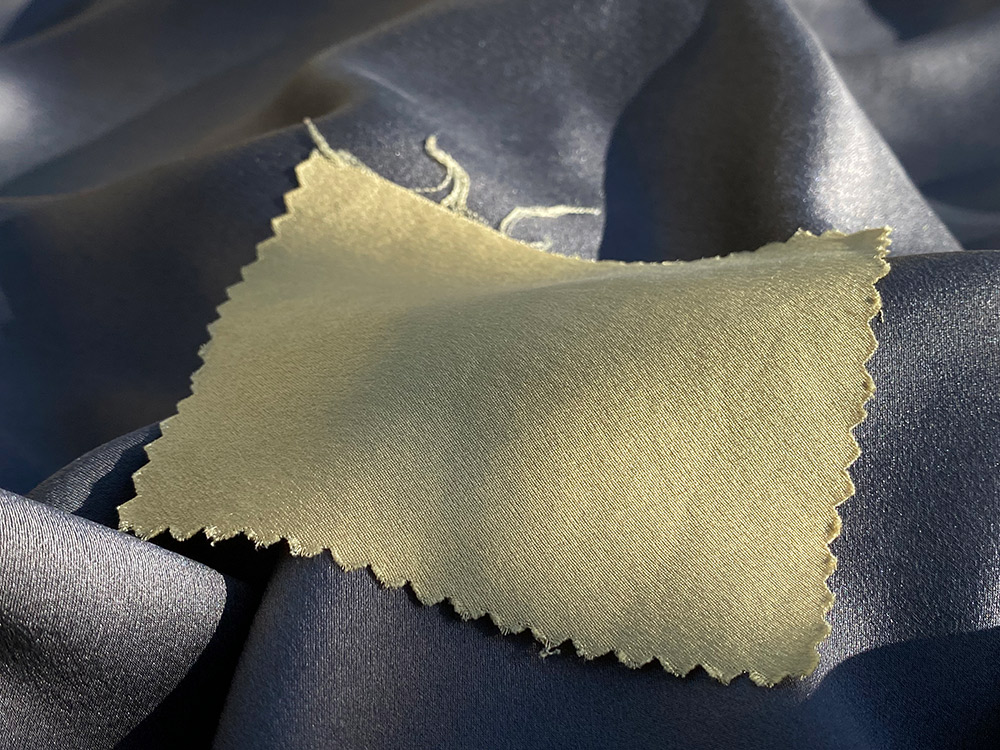
Here you can see the different colours achieved with tannin from galls (golden sample) and iron sulphate (dark grey sample).
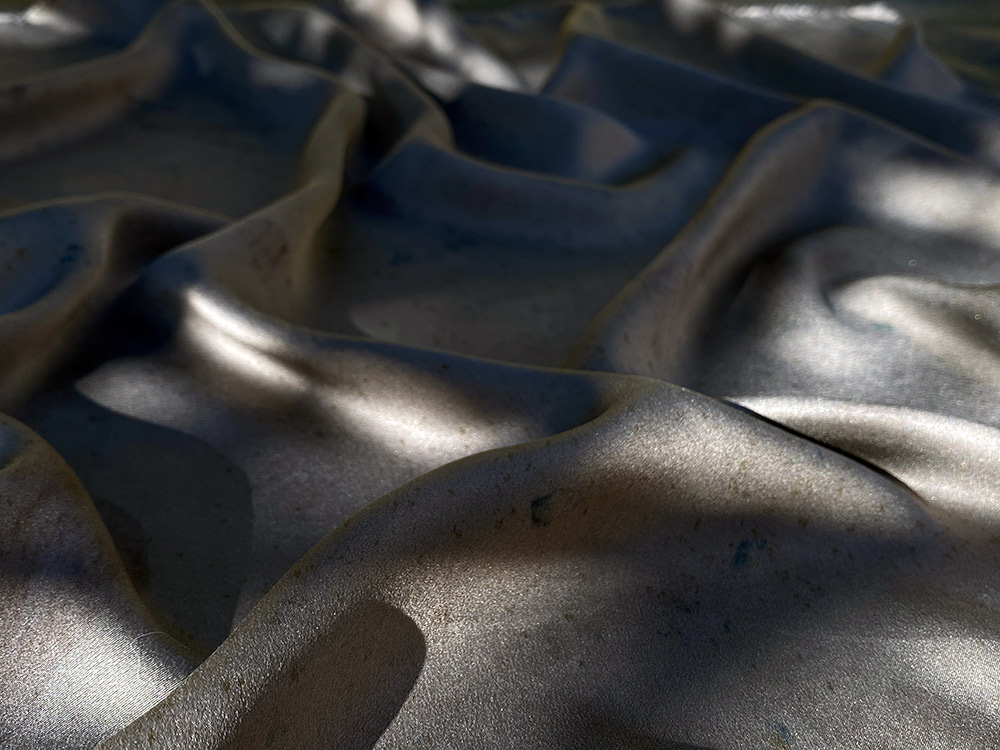
Silk scarf from new collection
Here is a fragment of the Book of Kells [4], one of the most important written relics of Ireland. This page contains a fragment of the Gospel of Luke [5], as well as the genealogy of Jesus.
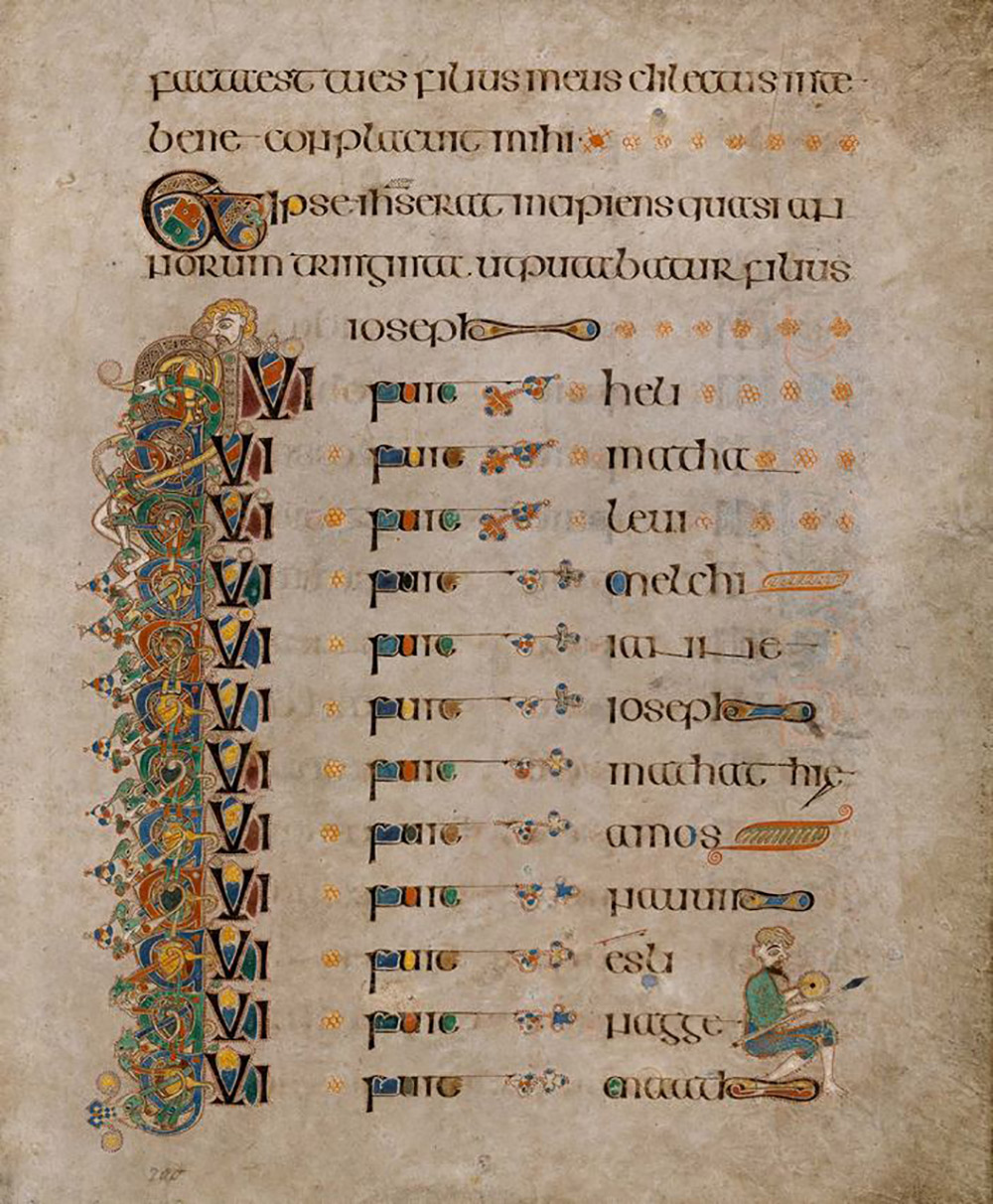
Ink from oak galls has been made in Europe since the 5th century. Surviving manuscripts from the Middle Ages as well as the Renaissance bear this out as the vast majority are written using iron gall ink, the balance being written using lamp black or carbon black inks. Many drawings by Leonardo da Vinci were made with iron gall ink and with their help magnificent examples of graphic art were created (for example, they were used by Rembrandt and Van Gogh).

Self-Portrait, Leonardo da Vinci.
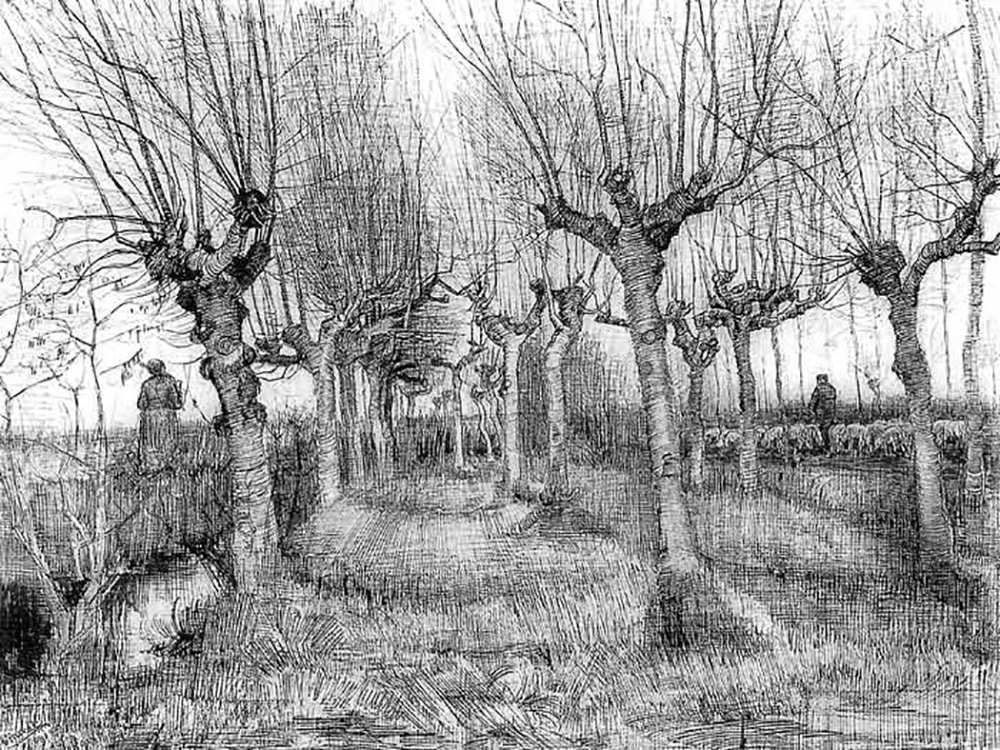
Pollard birches, Vincent van Gogh
Such ink was actively used in Europe until the 19th century: until the 18th century they were made at home, after which commercial production began. Iron sulfate [6] was traditionally used as a paint fixer (mordant) in the manufacture of ink. Hence their name, iron gall nut ink [7].
Black—favorite color of priests and penitents, artists and ascetics, fashion designers and government officials in much of Europe—has always stood for powerfully opposed ideas: authority and humility, sin and holiness, rebellion and conformity, wealth and poverty, good and bad.
In the beginning was black, Michel Pastoureau tells us. The archetypal color of darkness and death, black was associated in the early Christian period with hell and the devil but also with monastic virtue. In the medieval era, black became the habit of courtiers and a hallmark of royal luxury. Black took on new meanings for early modern Europeans as they began to print words and images in black and white, and to absorb Isaac Newton's announcement that black was no color after all. During the romantic period, black was melancholy's friend, while in the twentieth century black (and white) came to dominate art, print, photography, and film, and was finally restored to the status of a true color.
I can readily bring to mind the work of underwater photographic artist Alexander James Hamilton and his ‘Vanitas’ works, with his extensive use of deep blacks and the chiaroscuro technique he employs. Read about how chiaroscuro emerged from the dark to become an iconic art style still influencing many artists today.
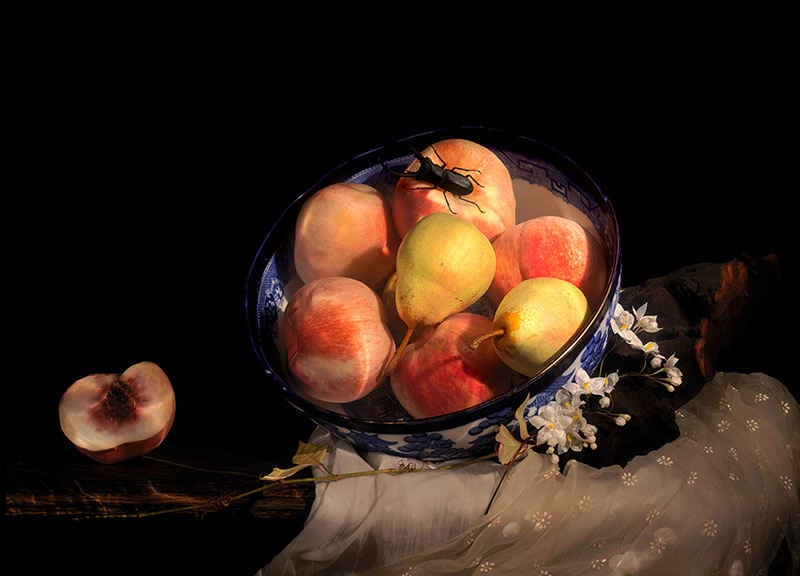
'Emperors truth' 120 x 90 cms chromogenic print, dated 2010.
I would like to finish this article with the words of designer Coco Chanel “When I find a color darker than black,” she said, “I'll wear it. But until then, I'll dress in black!”
I hope you found this piece informative, now that you are here lets stay connected.
references….
[1] https://en.m.wikipedia.org/wiki/Oak_apple
[2] https://en.wikipedia.org/wiki/Cynips_quercusfolii
[3] https://en.m.wikipedia.org/wiki/Tannin
[4] https://en.m.wikipedia.org/wiki/Book_of_Kells
[5] https://en.m.wikipedia.org/wiki/Gospel_of_Luke
[6] https://en.m.wikipedia.org/wiki/Iron(II)_sulfate
[7] https://en.m.wikipedia.org/wiki/Iron_gall_ink
Black coloration silk scarf with tannin - iron complex